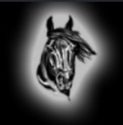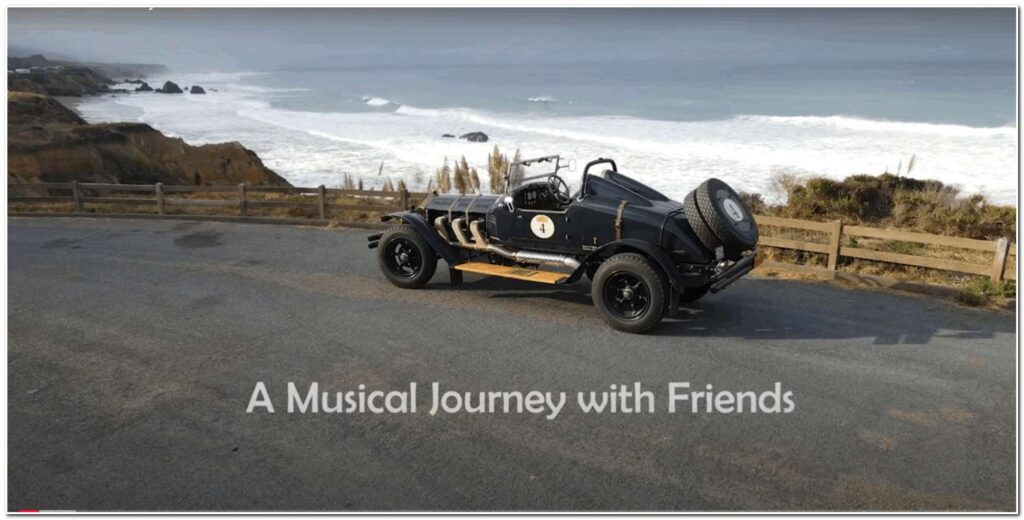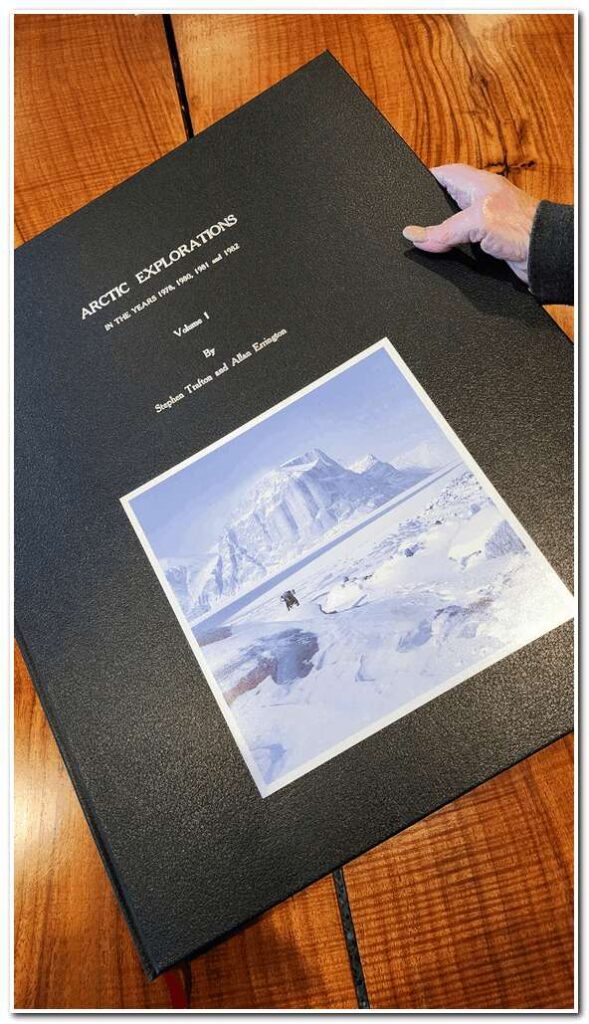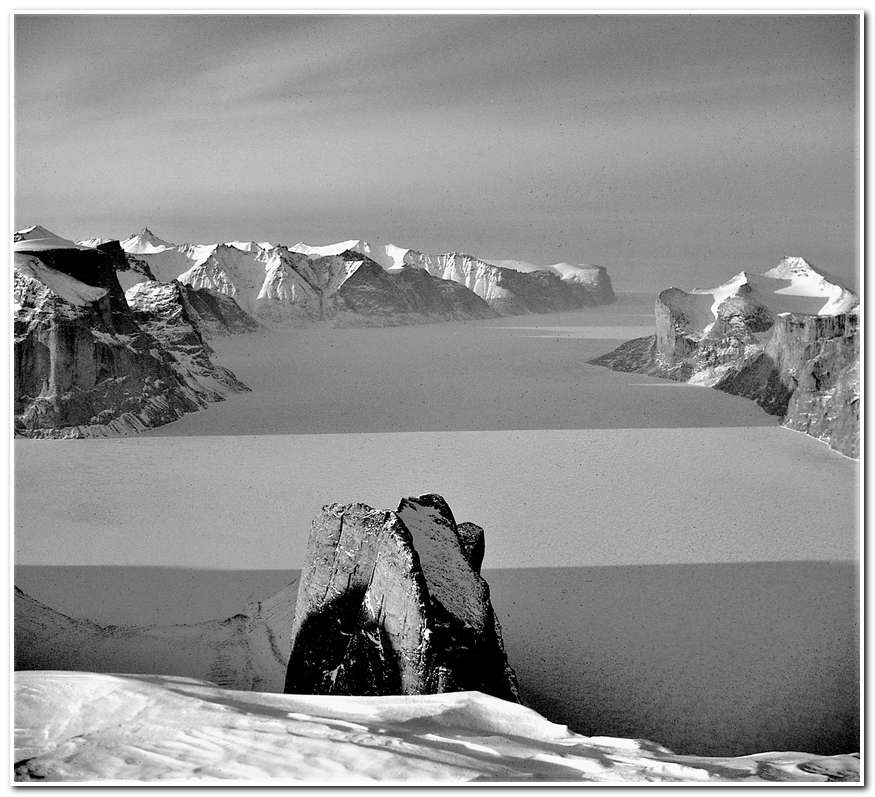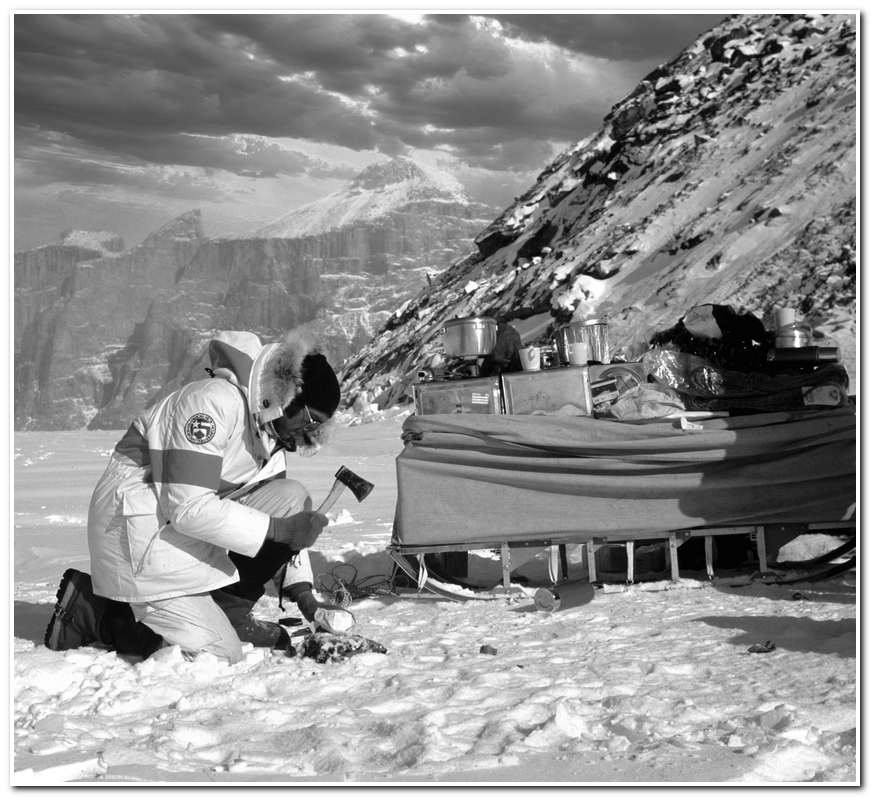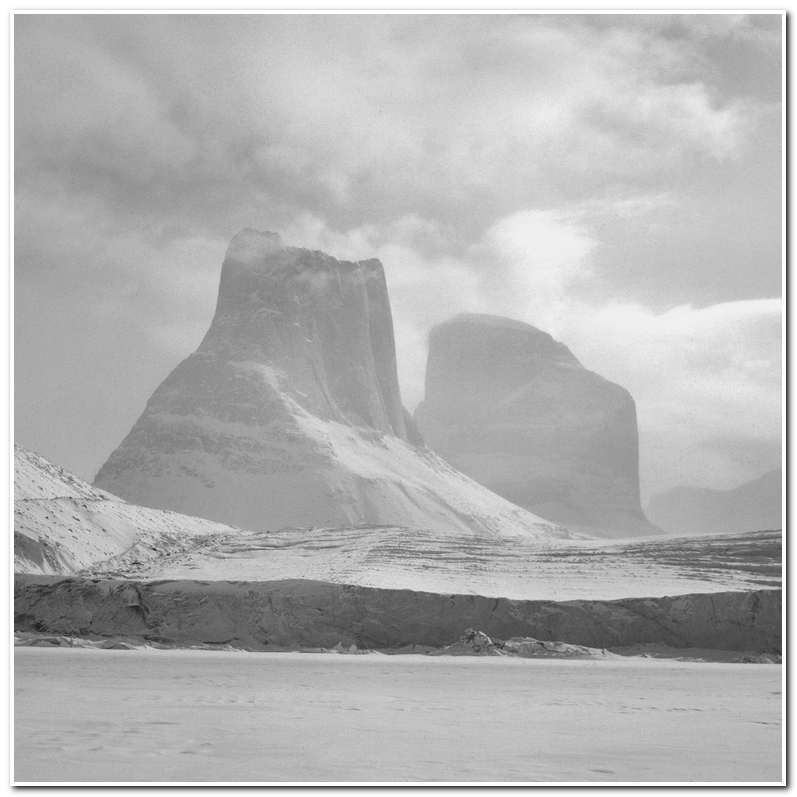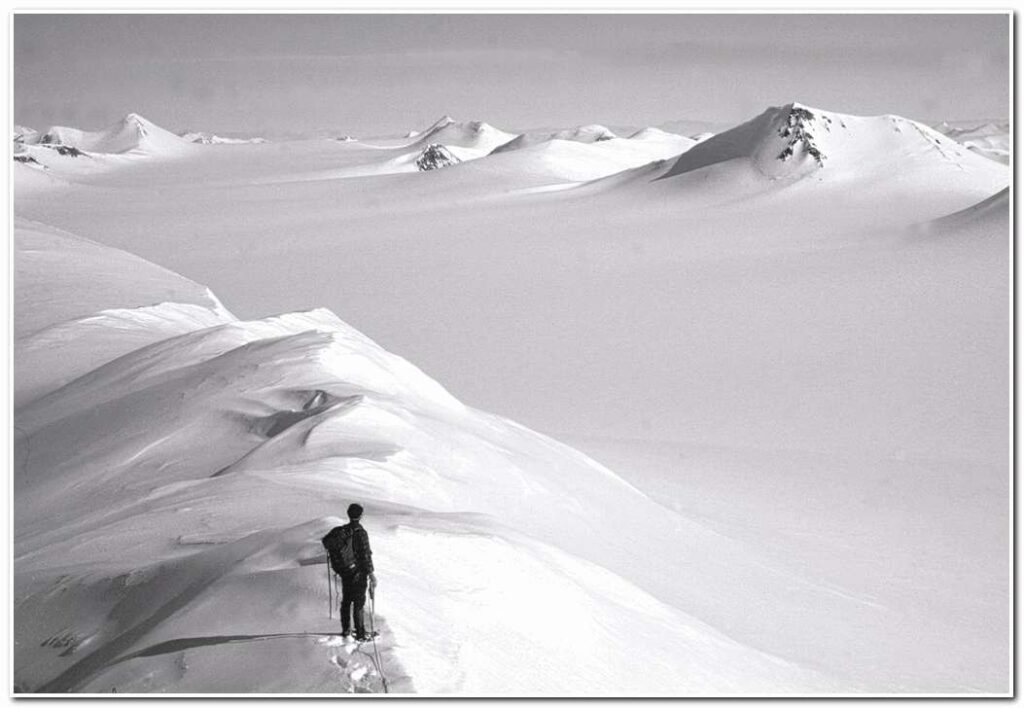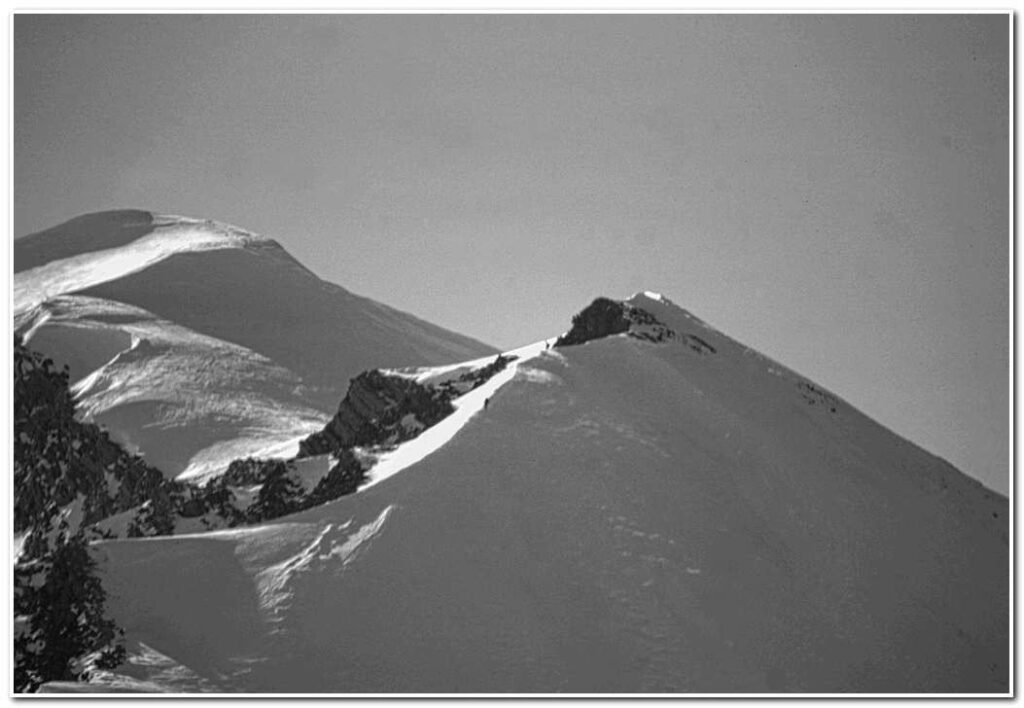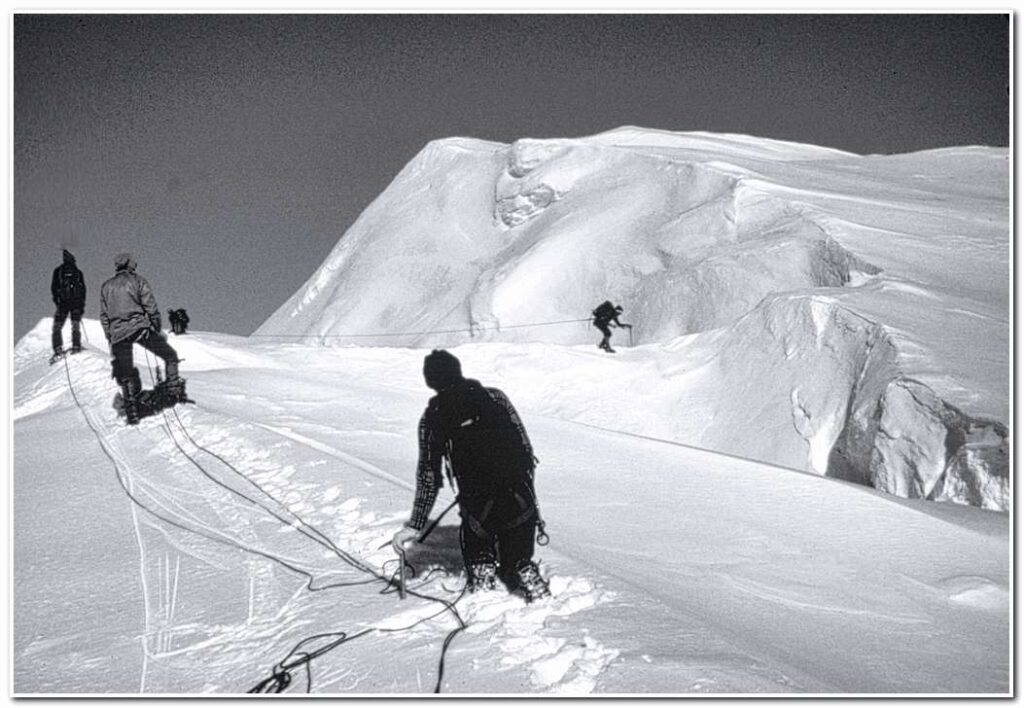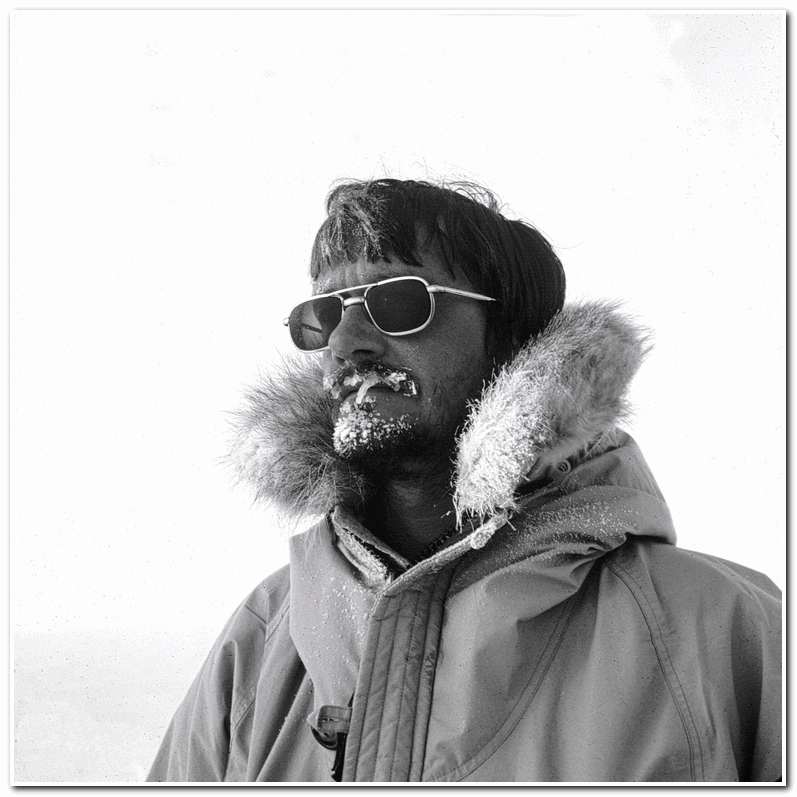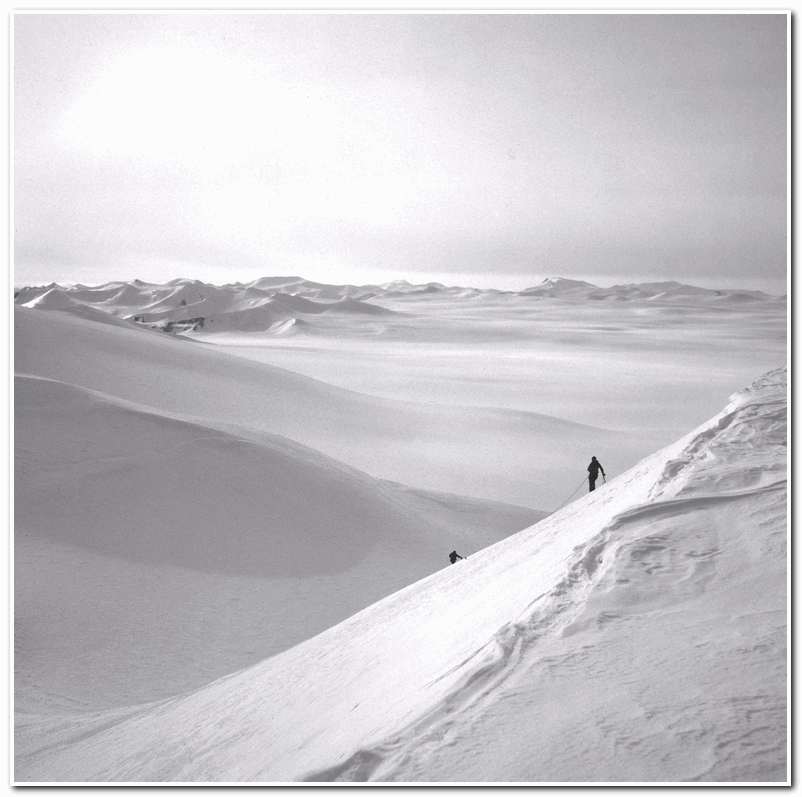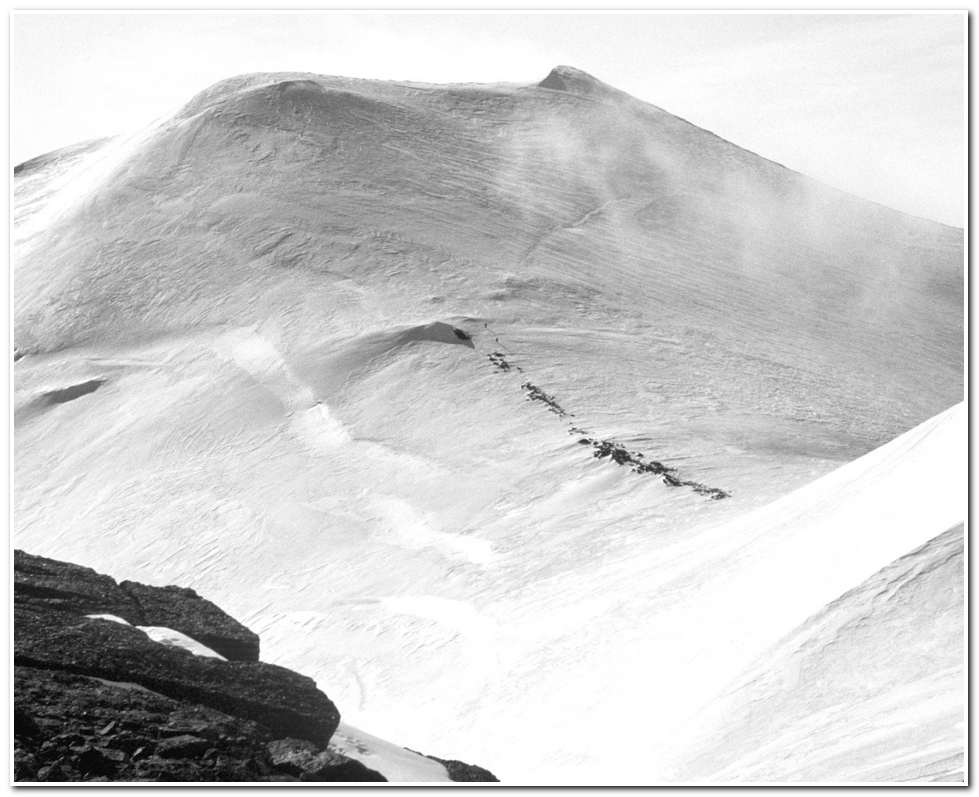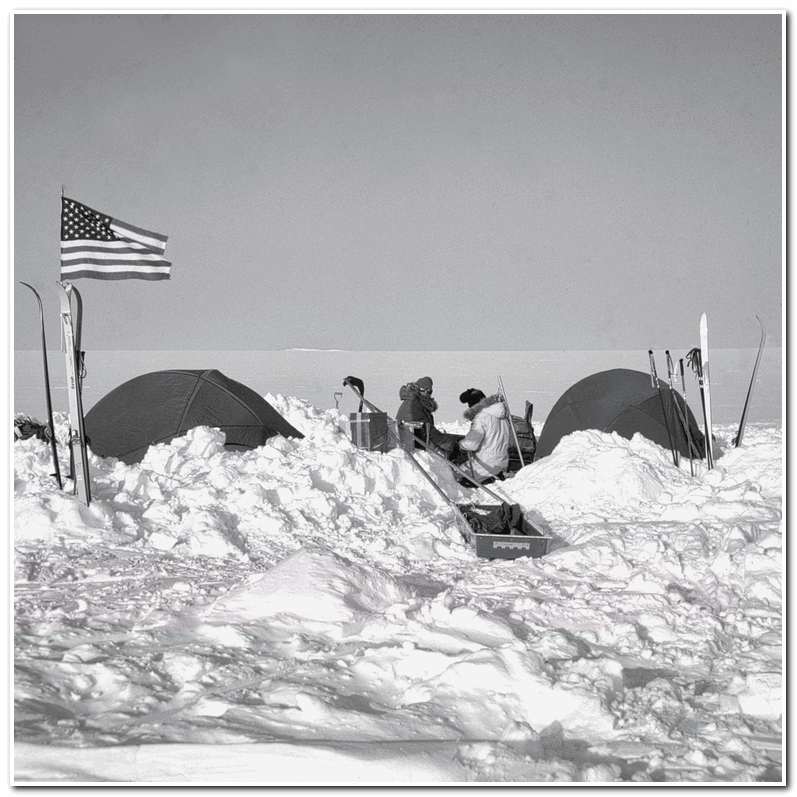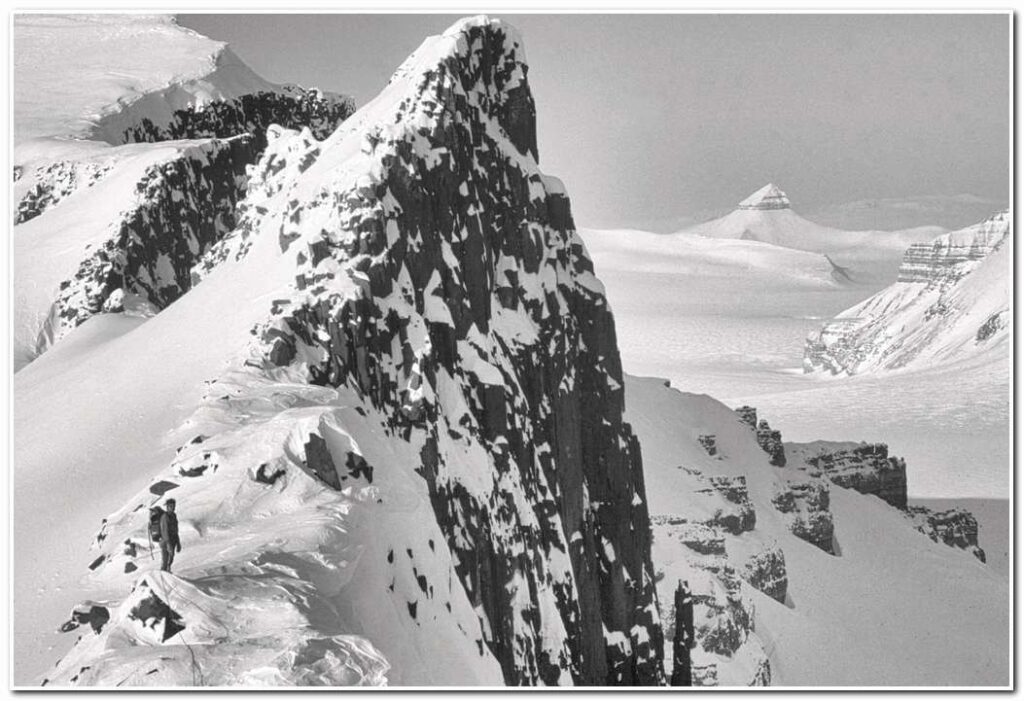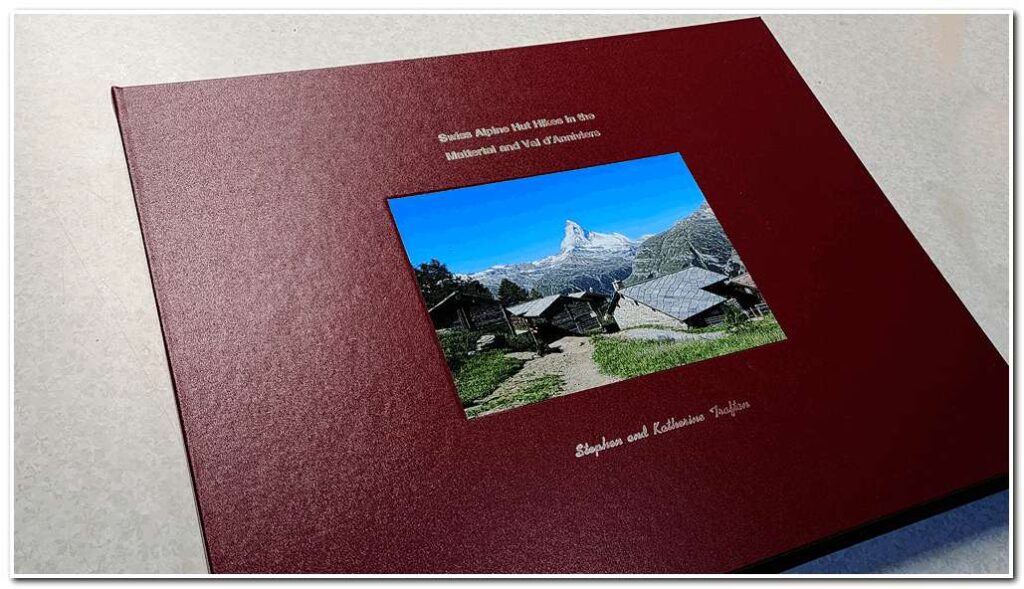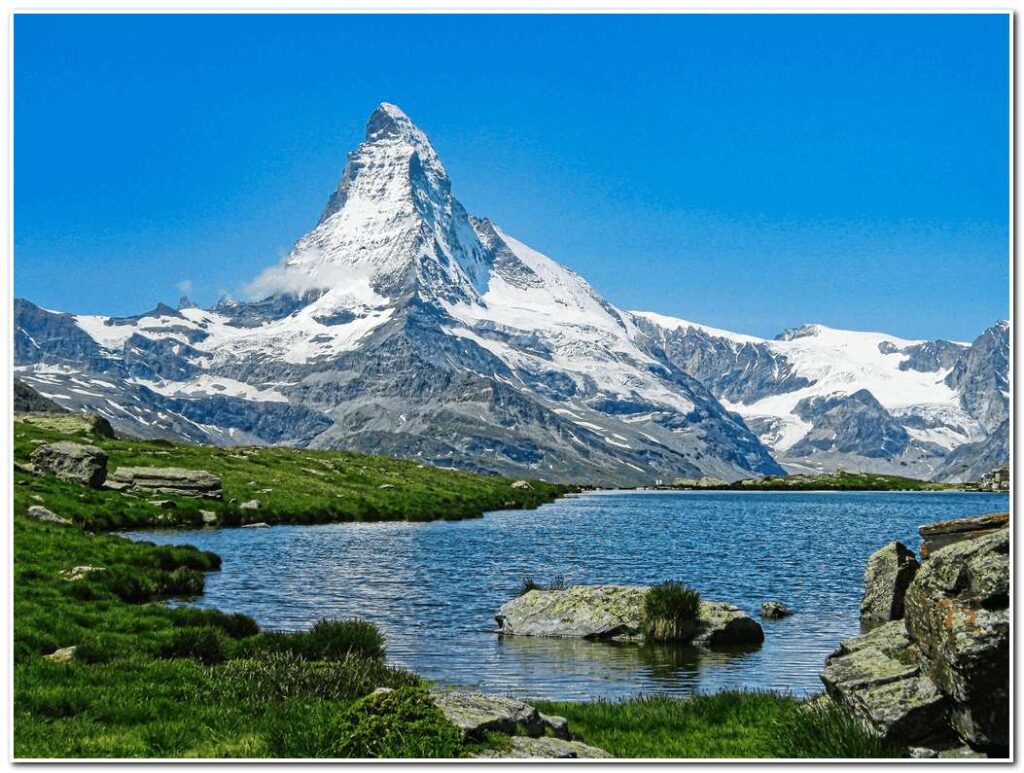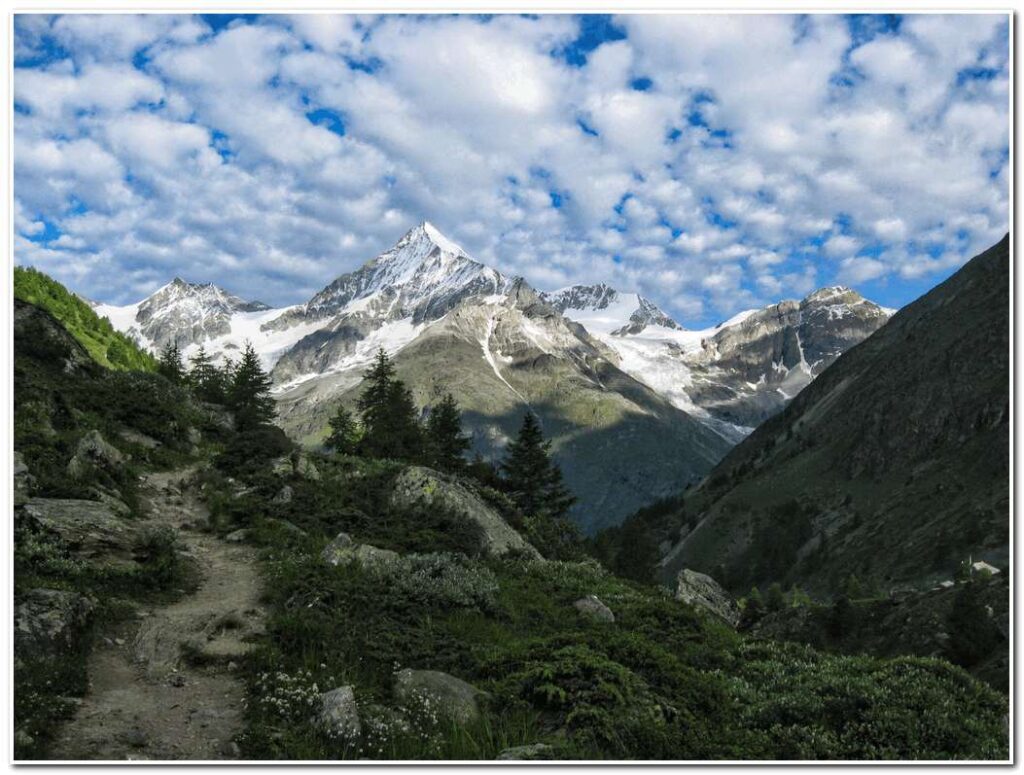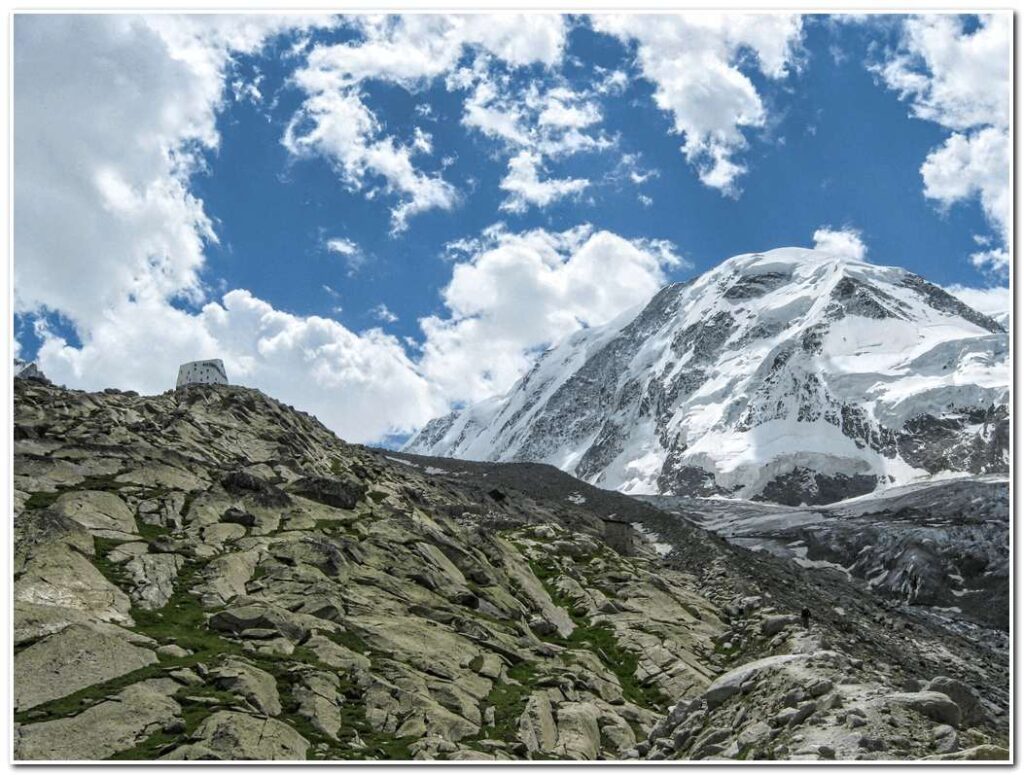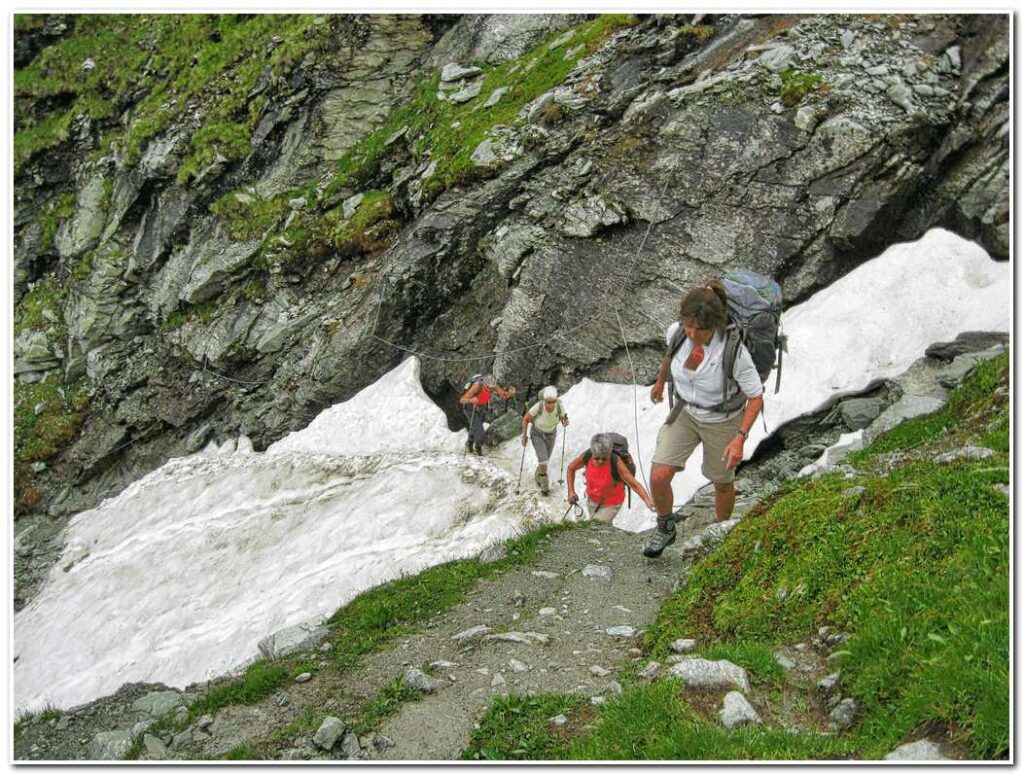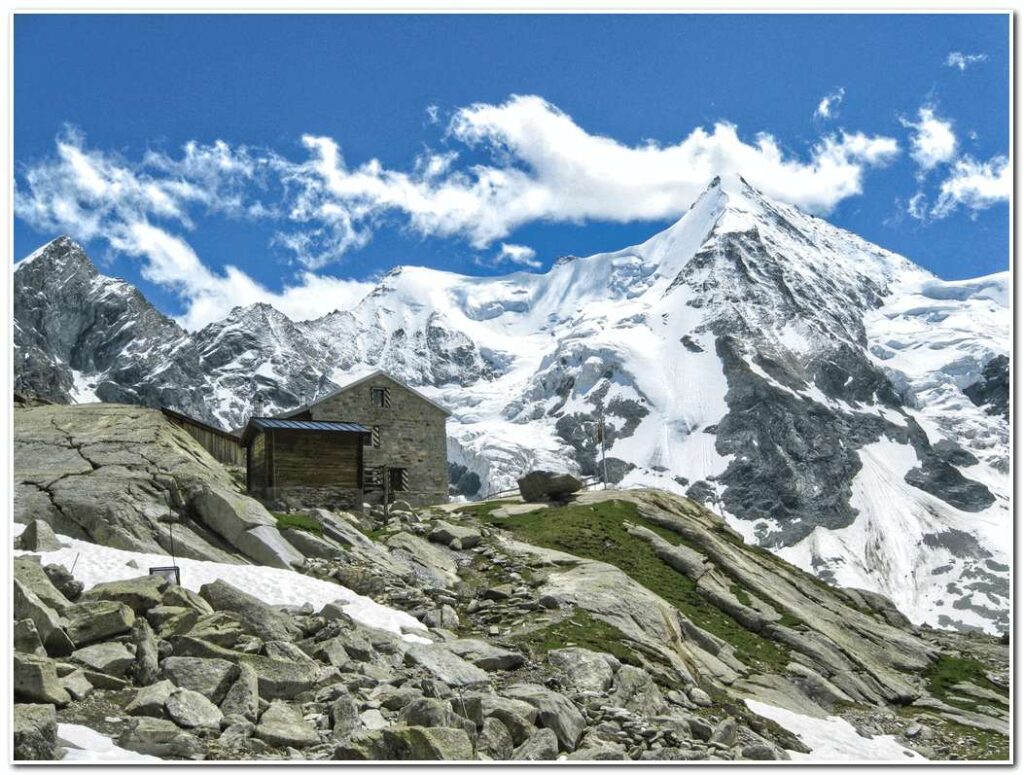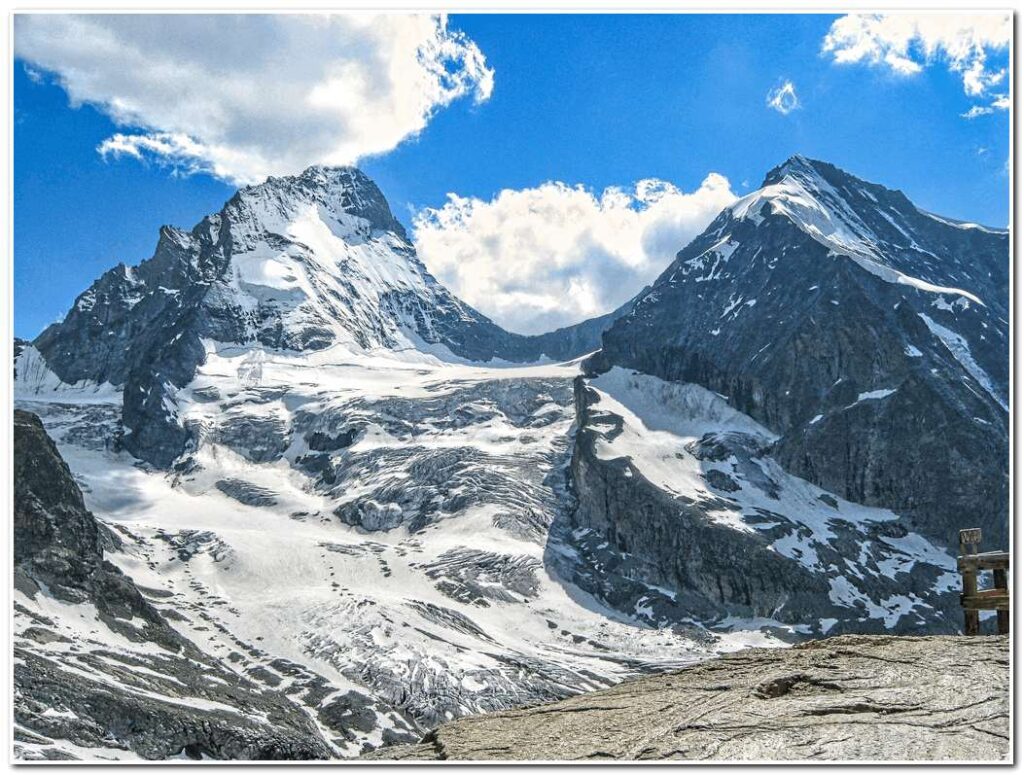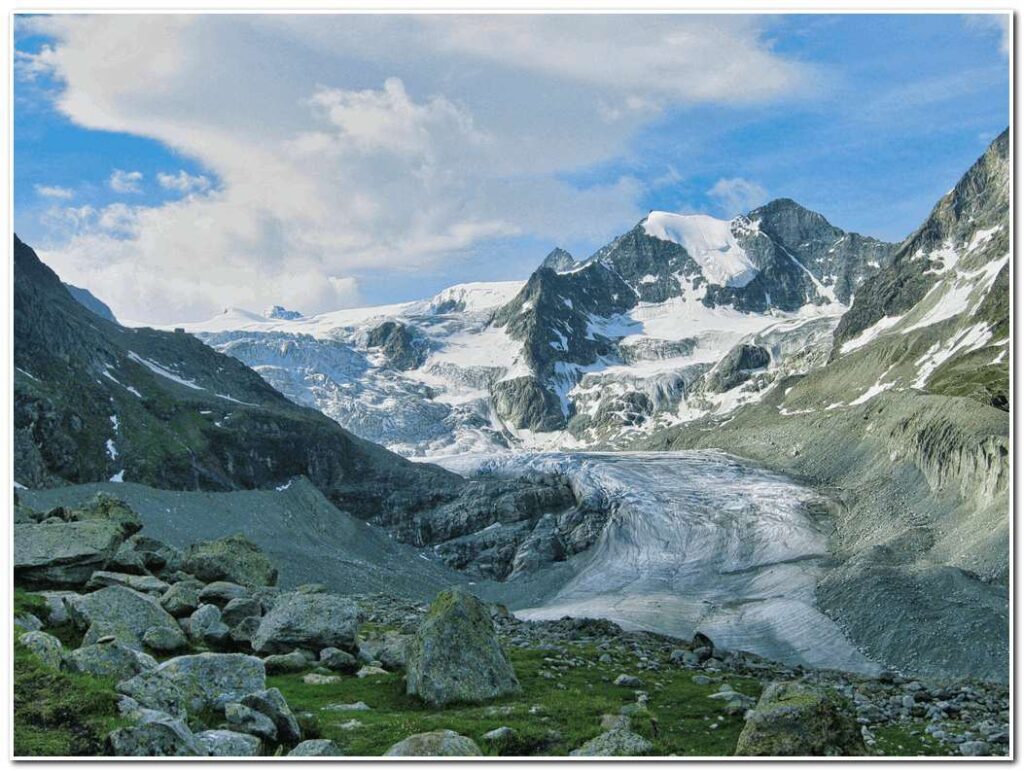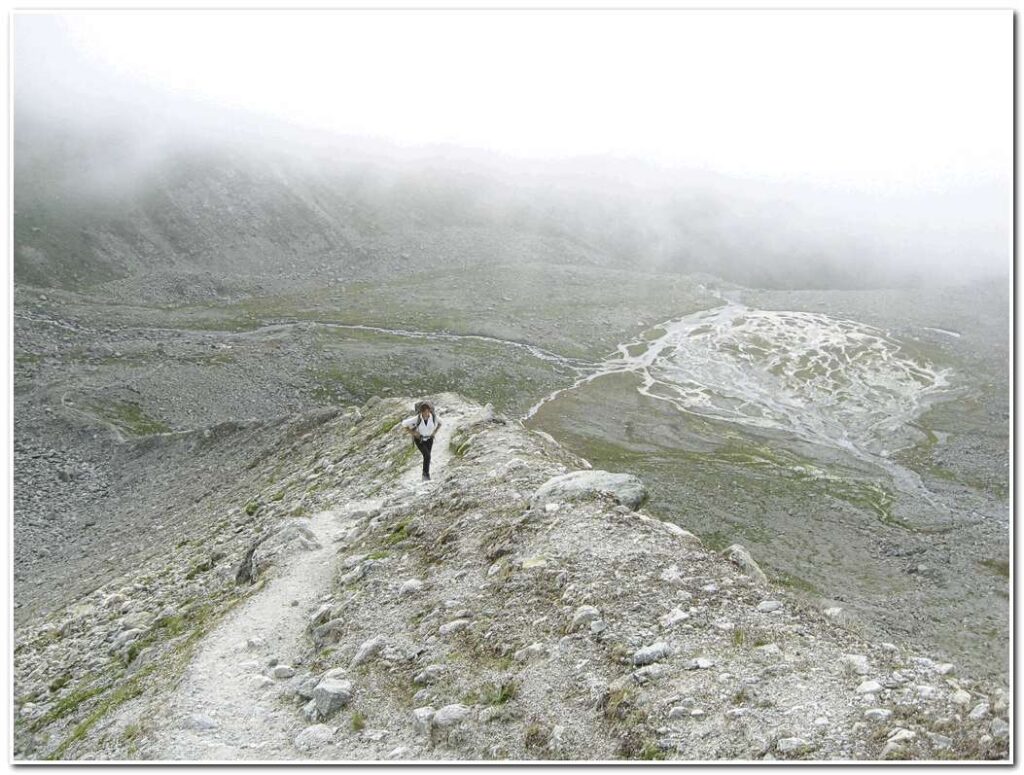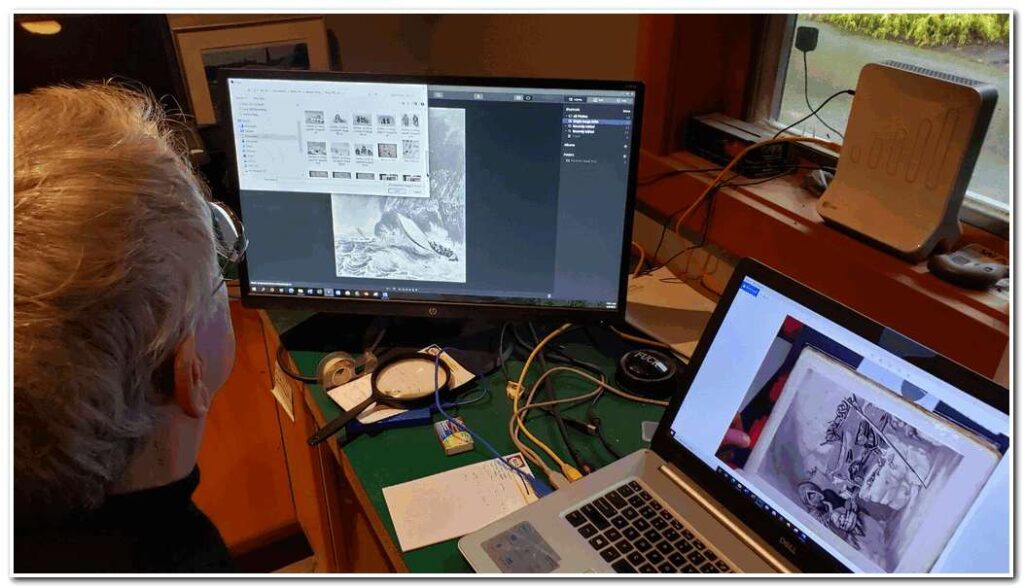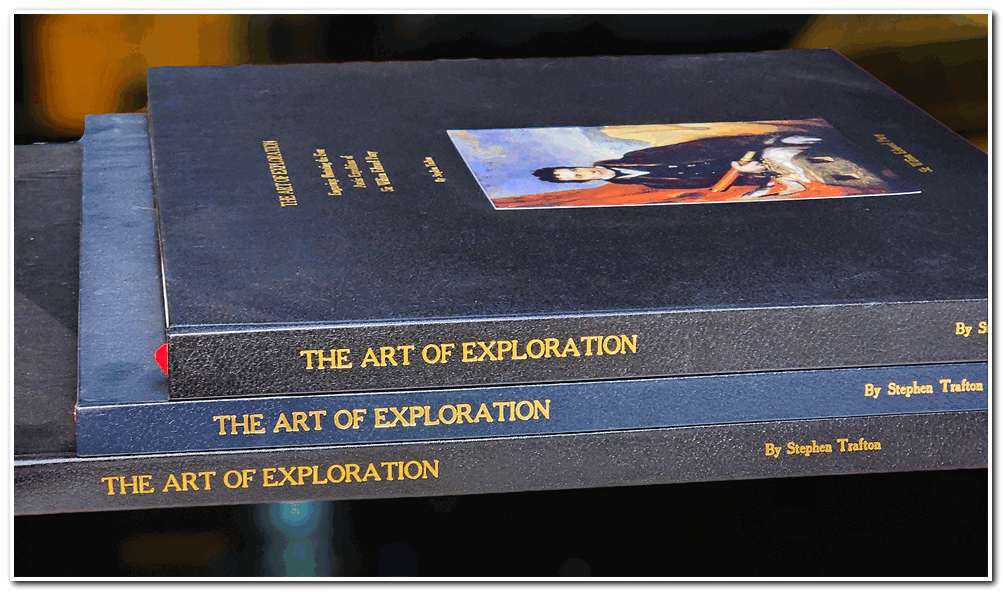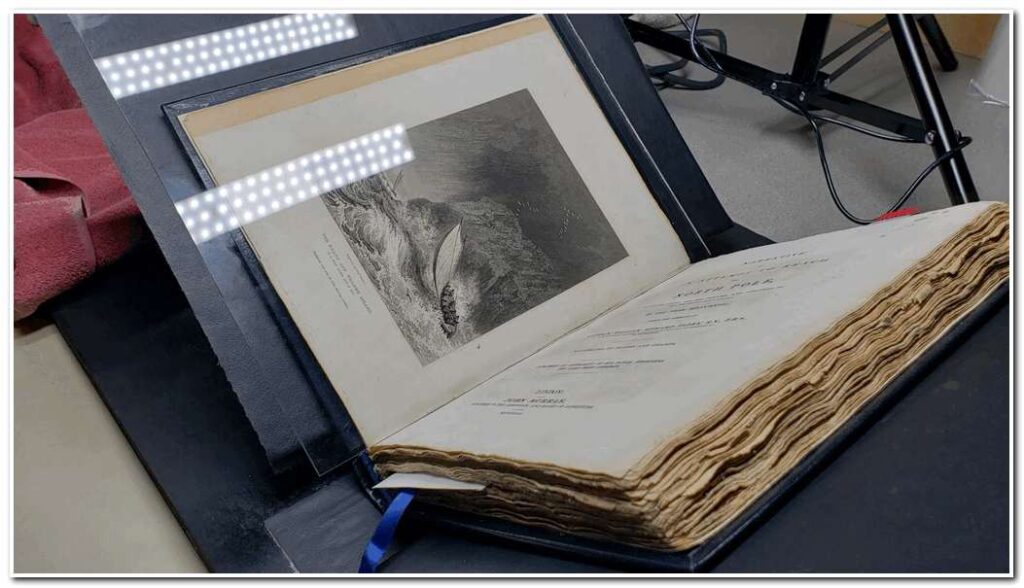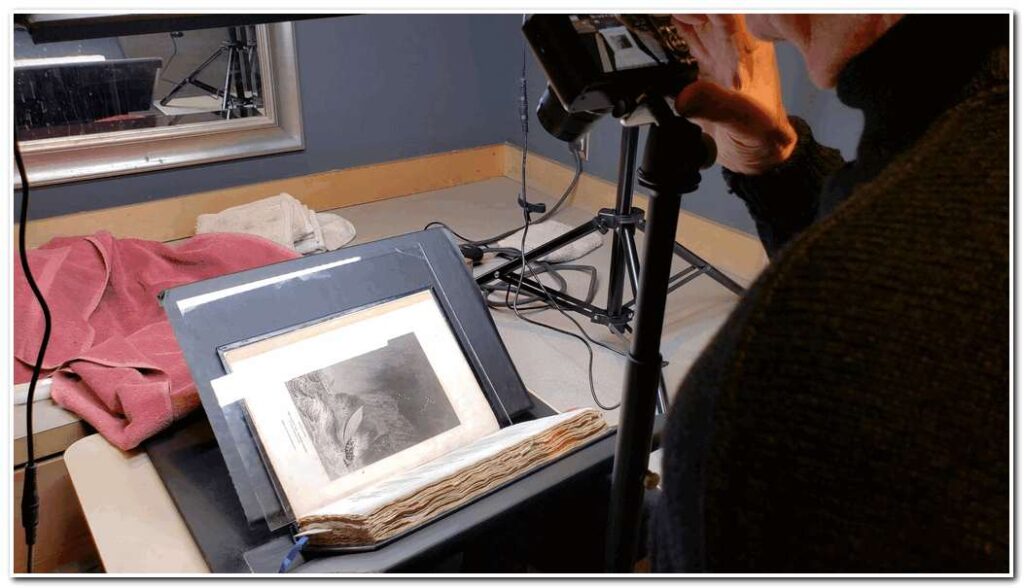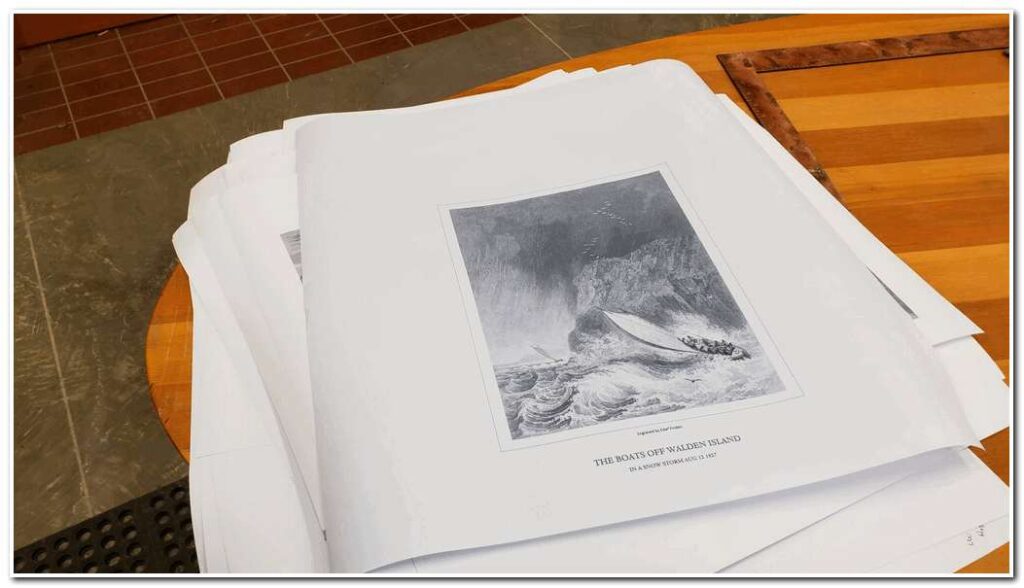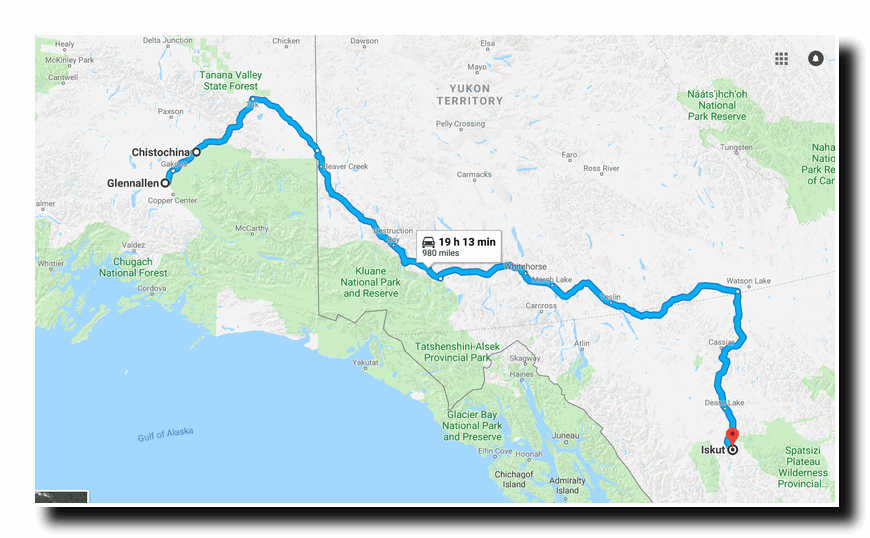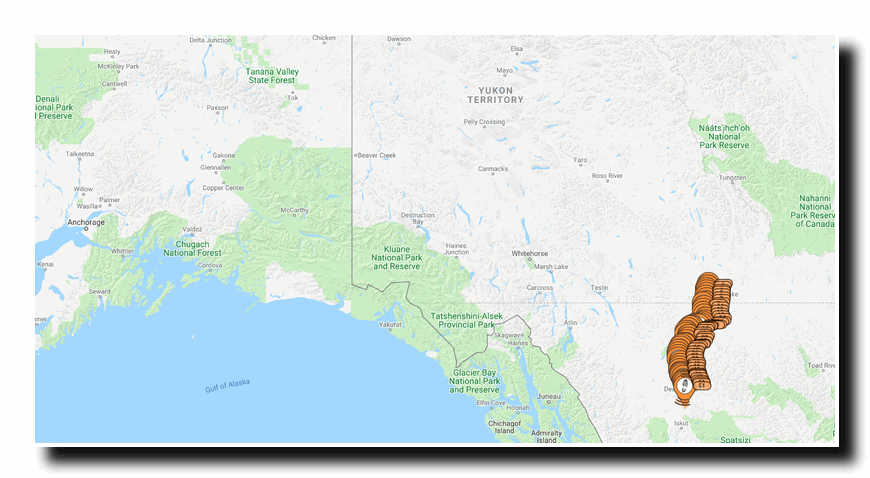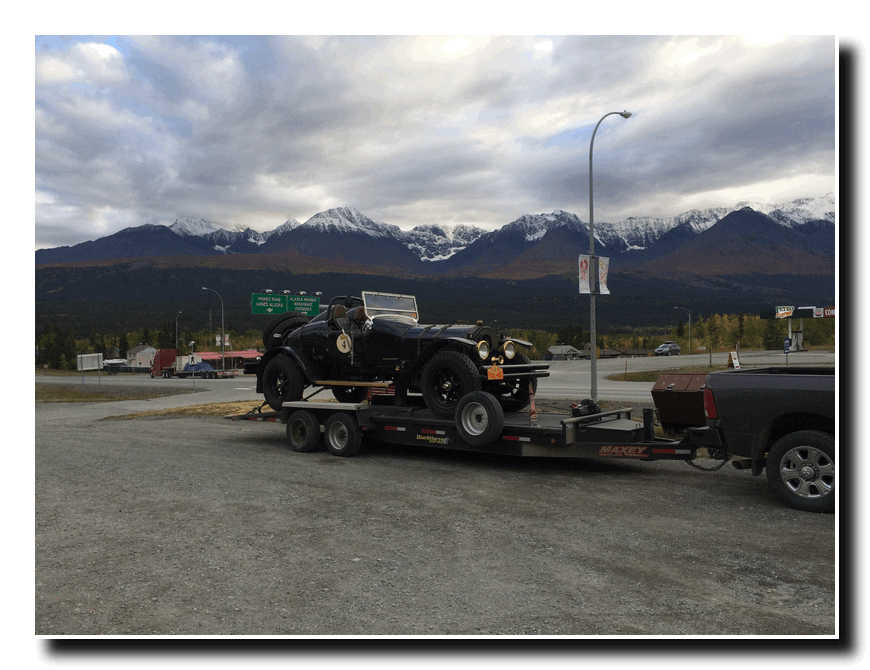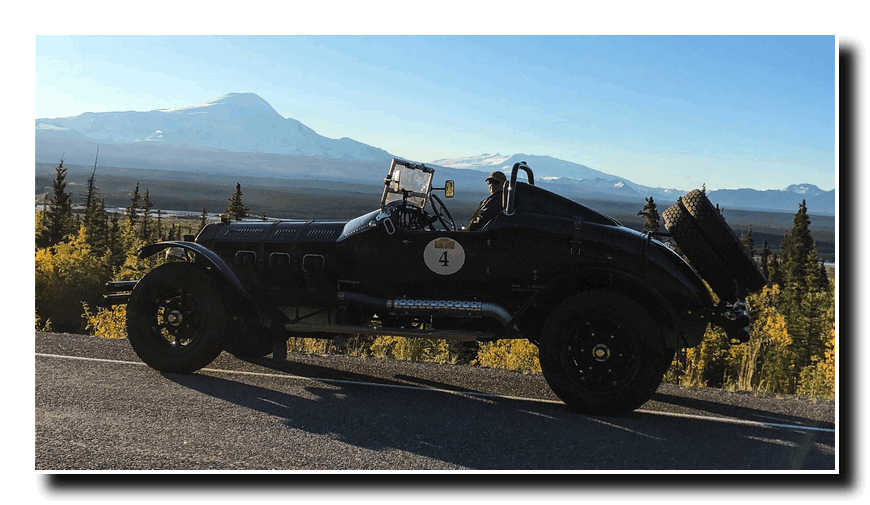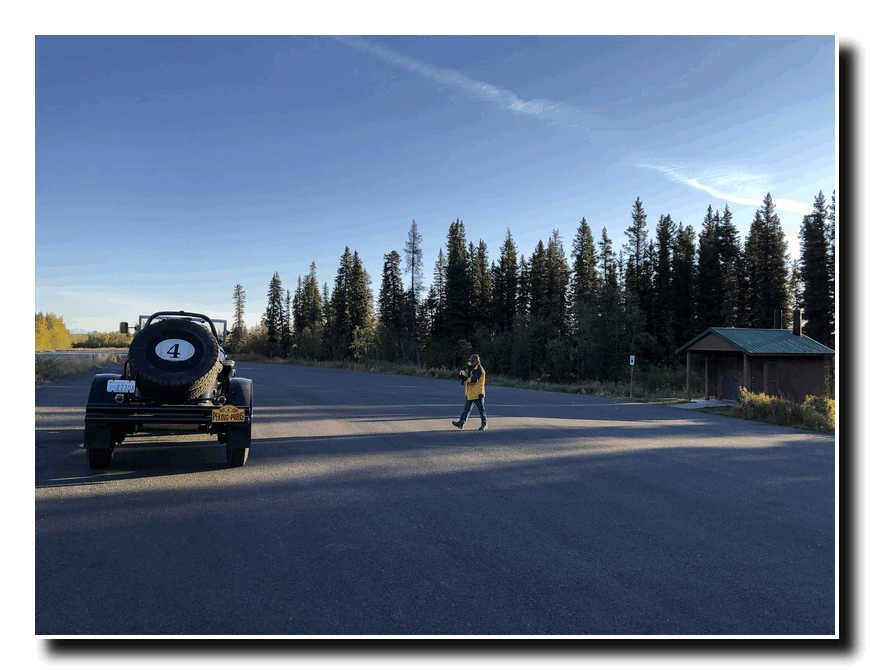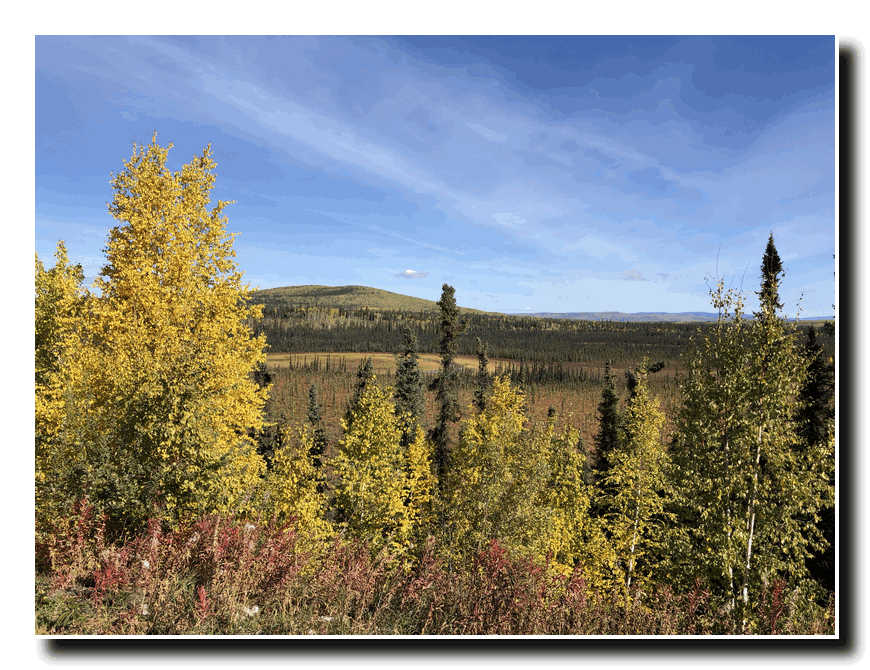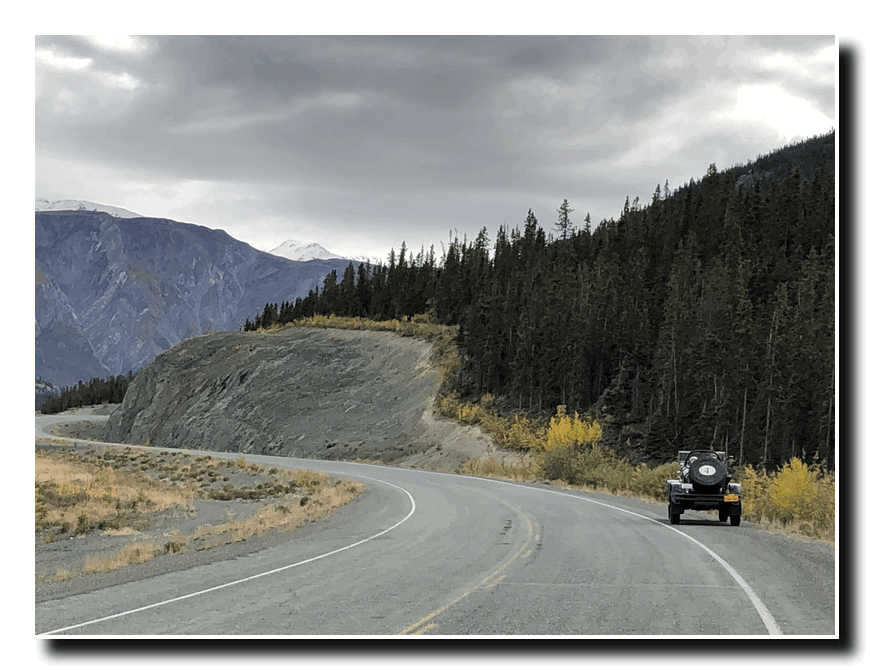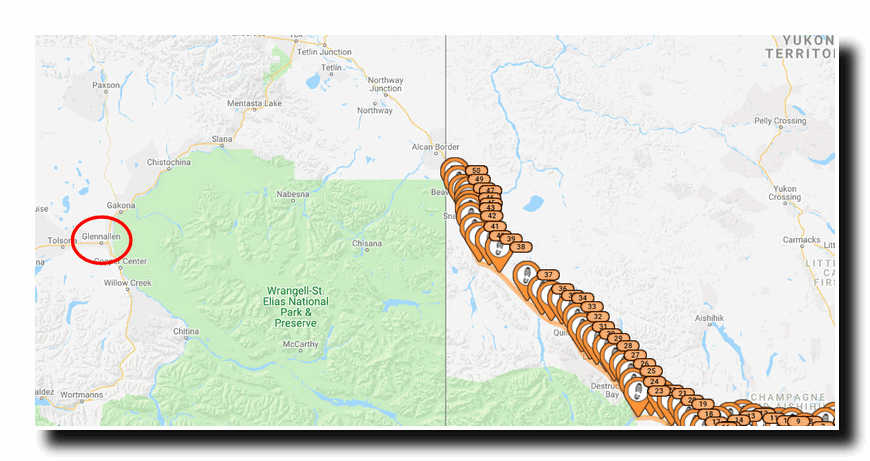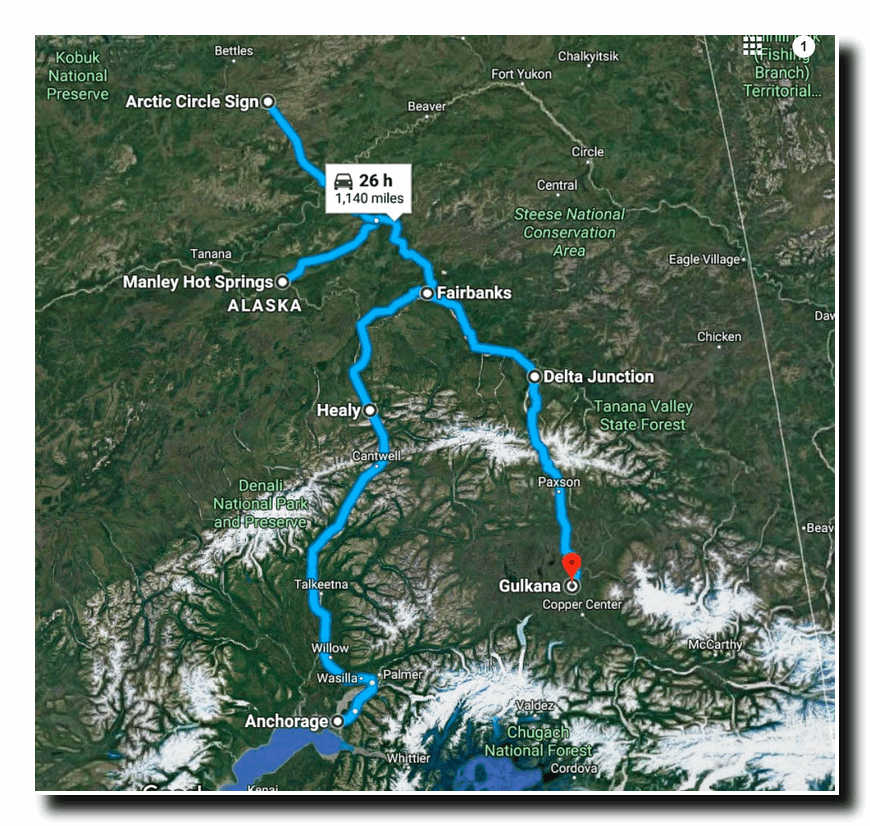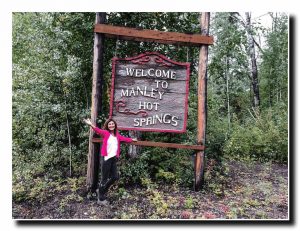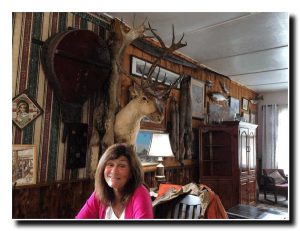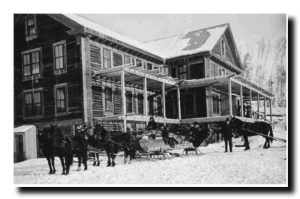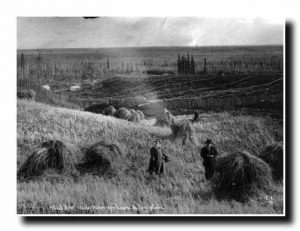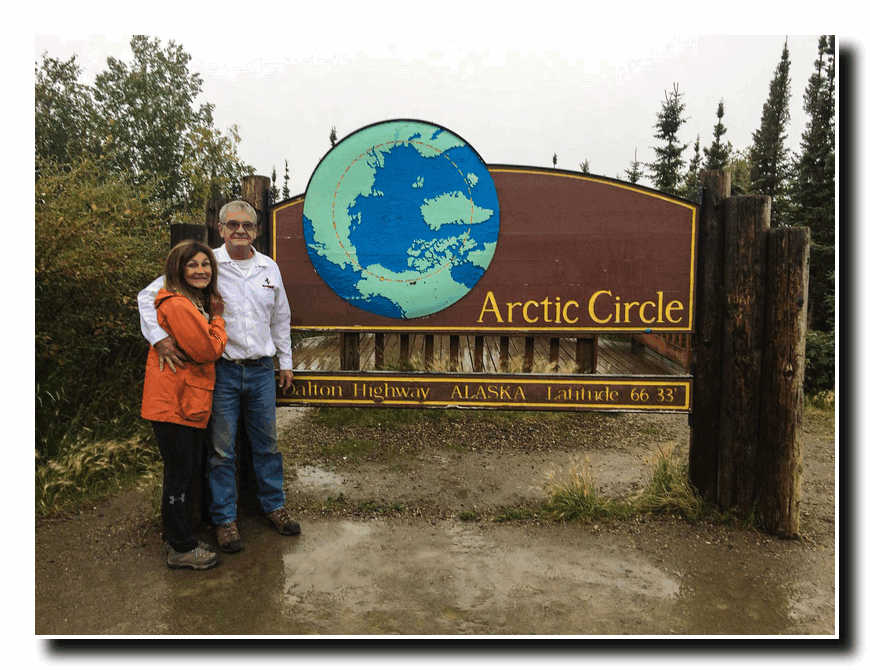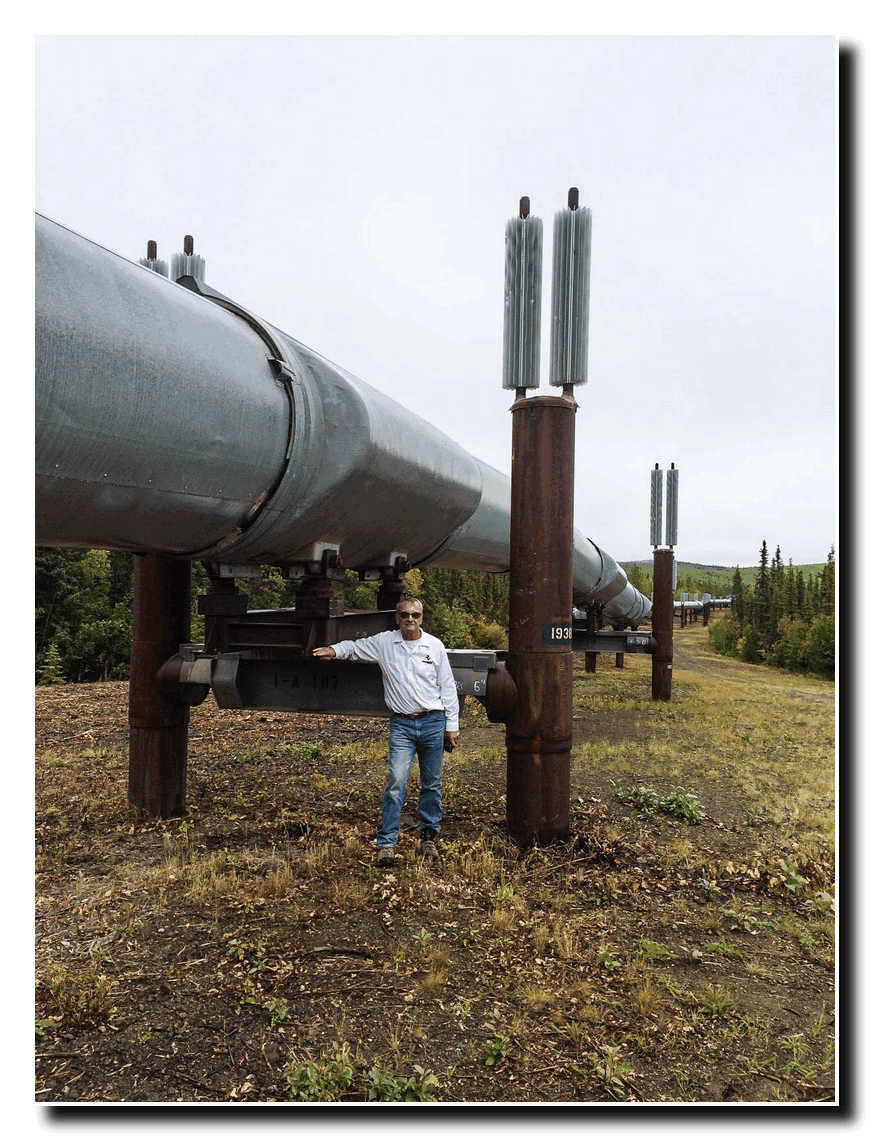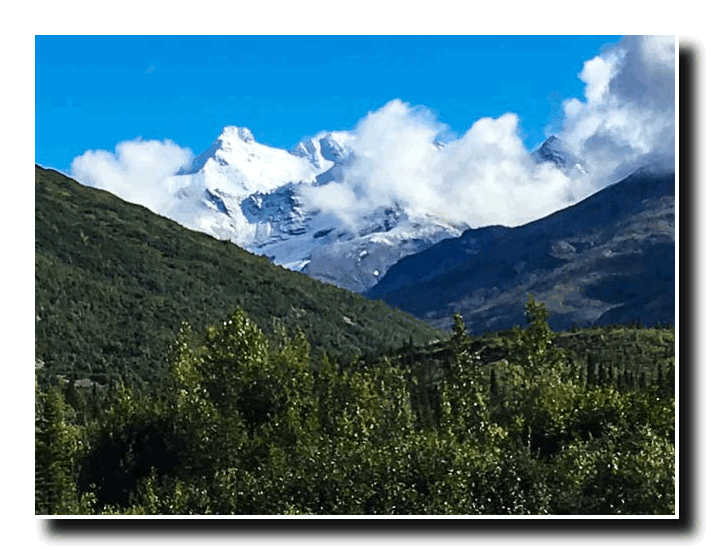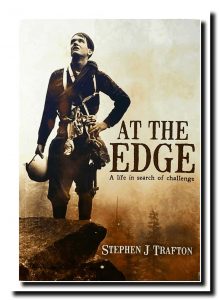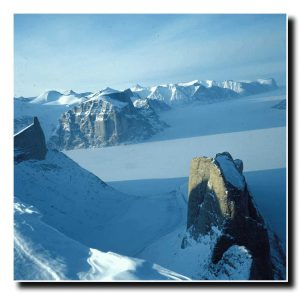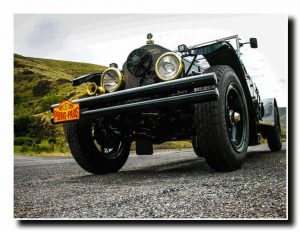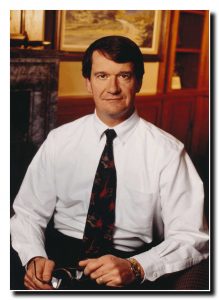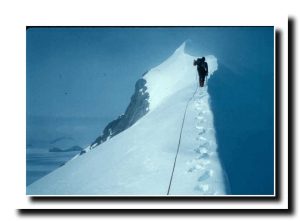Once Again Twice Another Time
At about 6 PM PDT, this was their progress. You can see exactly where the boys are now by checking their GPS.
Of course, nothing much happens in Alaska or the Yukon, or B.C. You just see an occasional cow by the road, and then you move on.
With typical American originality, one of the boys yells, “Hey!”. No wonder this cow made no motion to acknowledge them. It should be “MOOO”, you know.
They decided to drive ALF #4 for a-ways and then trailer it, even though the 1925 classic speedster gave them no problem. You can just imagine the strange looks they received from an occasional oncoming vehicle, as they drove a very isolated Alcan Highway. “Martha! What was THAT?” Those oncoming cars may have thought they were entering the Twilight Zone.
Anyway, here are some photos that the Alaskan Pony Express just delivered. From Christochina to Fairbanks, to the Yukon and south:
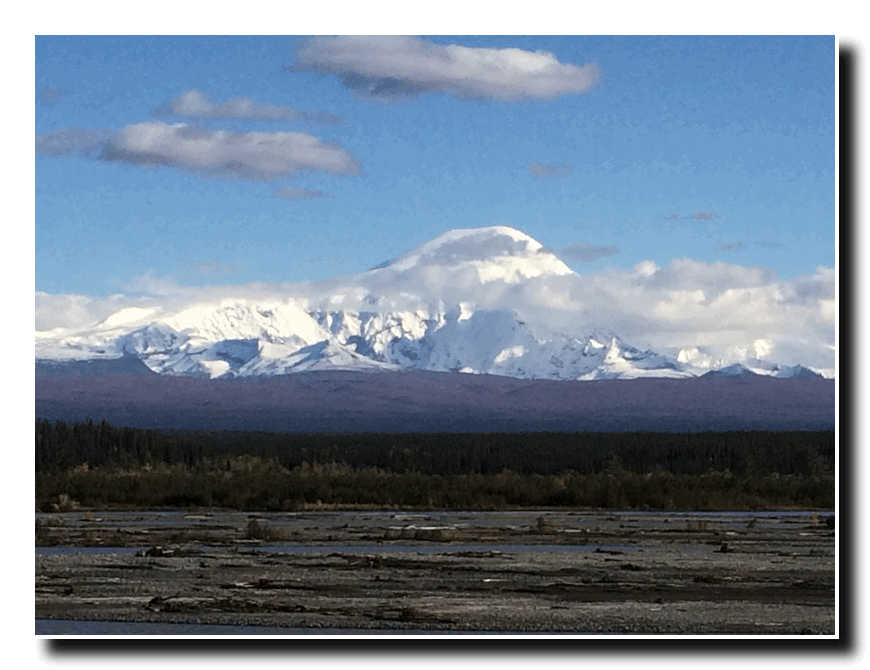
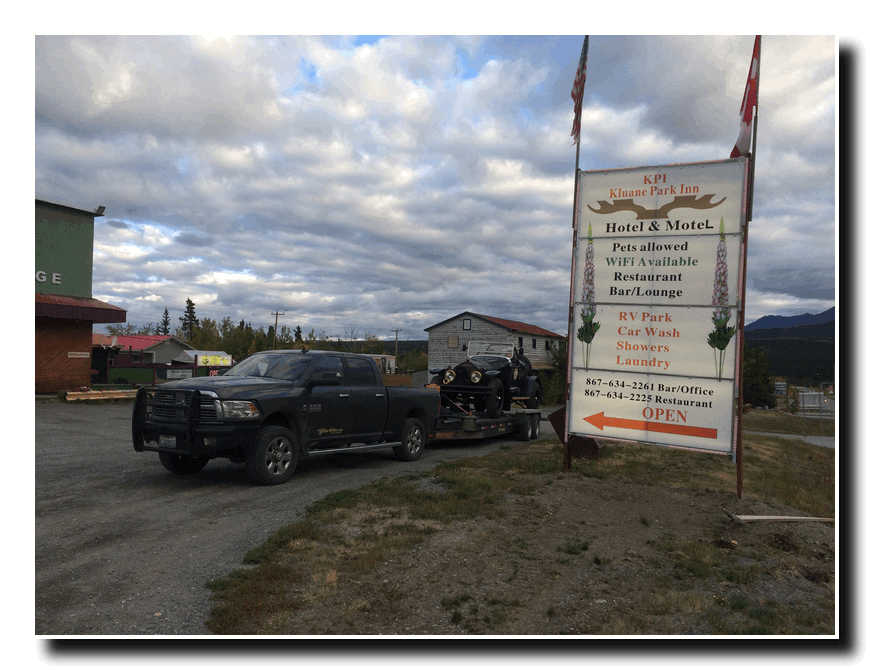
More Later…
Pick Yourself Up and Start Again
Refusing to accept defeat, the Blackhorseracing.com team took the sick 1915 ALF #1 classic speedster all the way back to Seattle (on a trailer) and are immediately returning to Alaska to retrieve ALF #4. This time, they are taking a different route up the Alcan, from Cle Elum, Washington north all the way back to Glennallen, Alaska. Here are photos of some of the crew who participated including Steve and Katherine, Matt, Guillaume, Dwight and Byron.
As of 2:15 PDT, Steve, and Dwight had crossed back into Alaska on their way to Glenallen and ALF #4. Follow along here.
The plan, hatched over a hearty meal, is to drive the ALF #4 part of the way down the Alcan and then trailer it back to Seattle.
Here are a few photos from their journey.
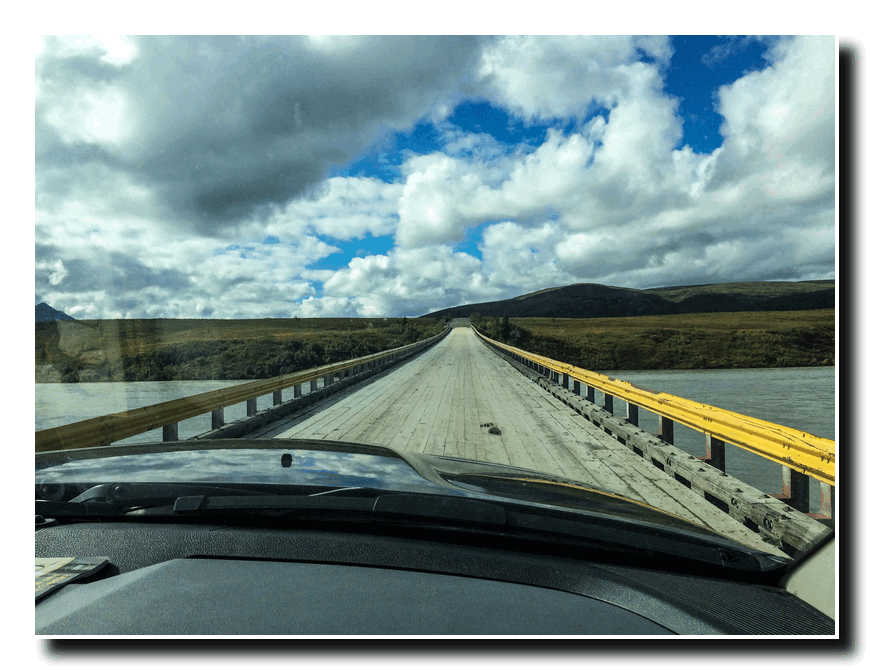
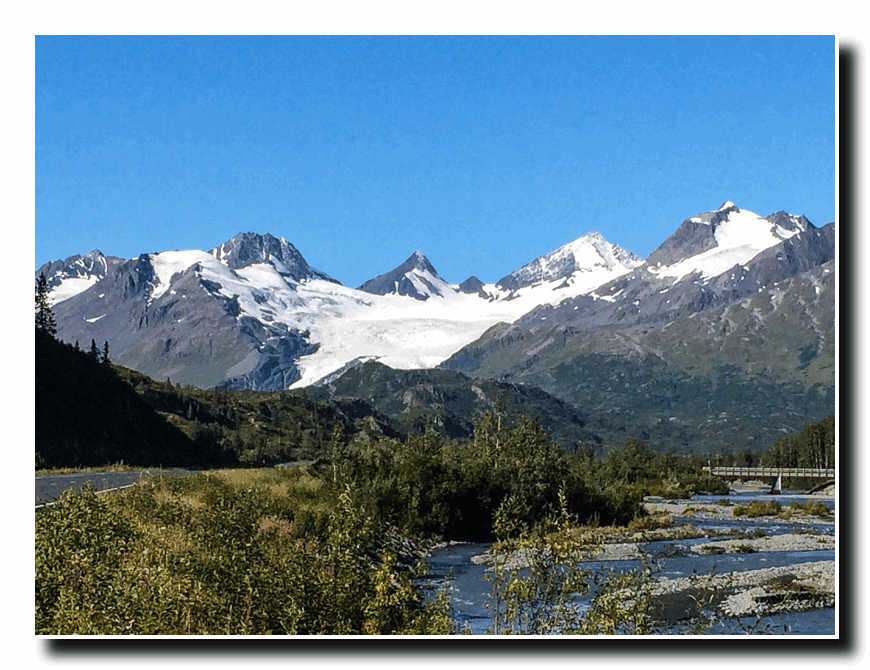
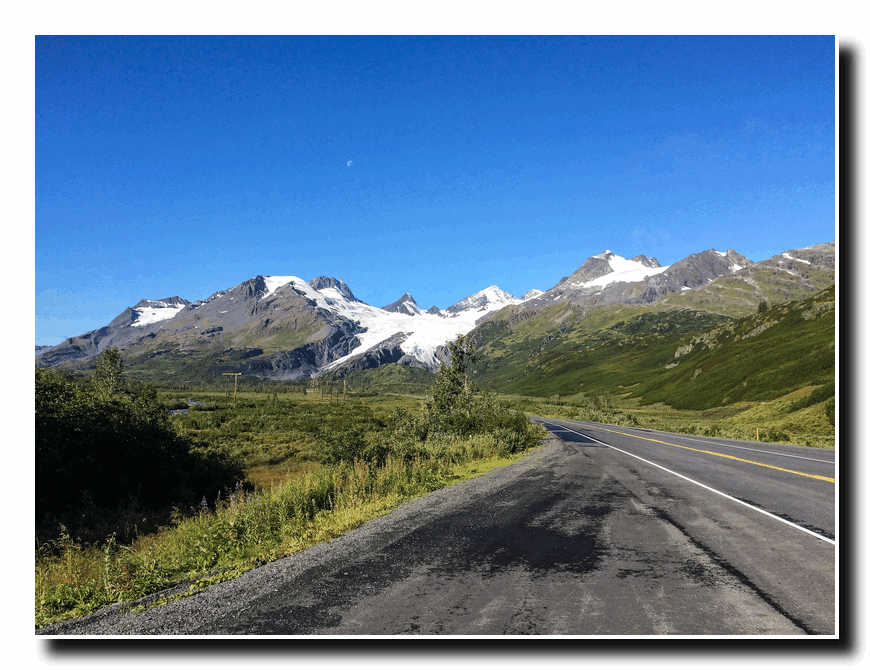
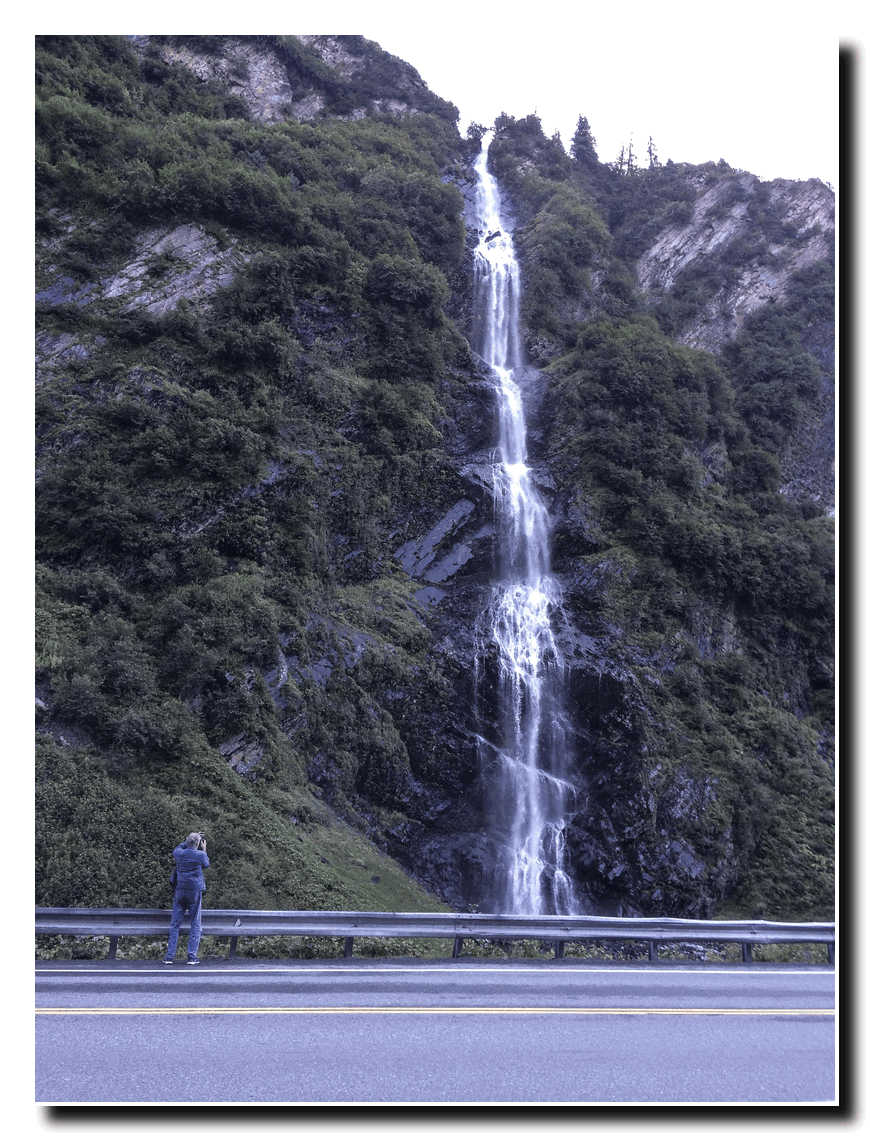

Getting Ready to Drive the Alcan
At Whittier, Alaska both American LaFrance vehicles
unload to begin the journey down the Alcan Highway to Seattle
The Traftons (which include Steve, his wife Katherine and two of Steve’s brothers Dwight and Byron) are “LollyGagging” Alaska until other Blackhorseracing Team members (Guillaume Marceau and his father Rick) arrive on Monday. So here is their LollyGag Map:
Since it is considered disgraceful to allow grass to grow beneath the feet of any Trafton, the four travelers drove north from Anchorage to explore Alaska. They started on Thursday by temporarily shedding the two ALFs at an airport hangar in Anchorage. They had to mark time until their team would land-launch toward Seattle on Tuesday. So why not head toward the Arctic Circle like any average person would do? Through noon on Saturday (August 25), they drove 1150 miles. Staying the first night at Healy, then driving to Manley Hot Springs, reversing direction to touch base at the Arctic Circle and then going beddy-bye at Fairbanks on Friday night.
It just so happens that Katherine has a connection to Manley Hot Springs.
This is 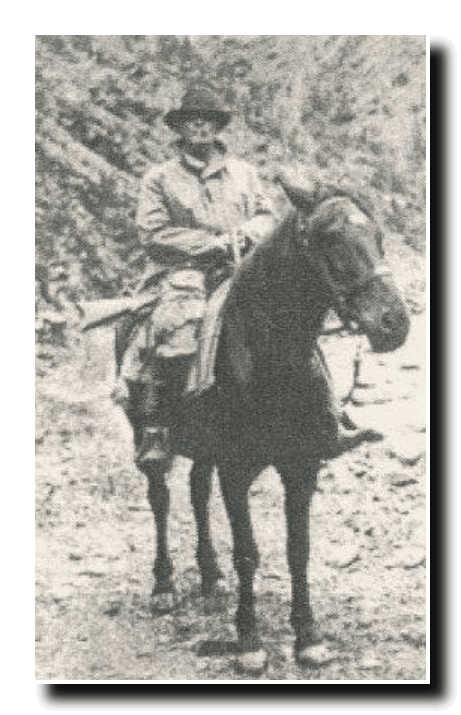
.
.
.
.
“Married at 25, my grandfather’s young bride (age 19) eventually joined her husband at Manley Hot Springs by traveling alone from Seattle by boat, then railway, then barge and overland stage in 1914. While there she worked for his uncle Frank Manley who had established a gold mining camp.
.
.
.
.
.
My grandfather’s job was to carry the saddlebags of gold on horseback over the Chilkoot Pass down to the boats headed to Seattle. He used to tell us the story of how he met a group of men en route who offered him a drink by their campfire. They had spiked the drink in hopes that they could steal his saddlebags! Fortunately, my grandad recognized his impairment and jumped off the horse to run alongside and sweat it out!
He managed to prevent the robbery!
My grandparents left camp on a dogsled to head for Fairbanks on 28 November 1914. Never made it to the hospital! My dad was born on the dogsled, in the snow! Needless to say, he was an only child!
Frank Manley was quite a character. Left Texas with some reputation. Established a better one in Alaska as “having taken more gold out of Alaska than any other single individual”. He then moved on to California and discovered oil in Bakersfield.”
But hey, the Arctic Circle still waits. So the Trafton’s backtracked their route, traveled across the Yukon River and then stopped at the exact location of the Arctic Circle for a tourist shot.
Steve checked-off another bucket list item by standing next to the Alaska Pipeline.
Then all four Trafton’s headed for sleep in Fairbanks.
As of noontime on Saturday, they headed south through Delta Junction and the Alaska Range. And here’s what they saw:
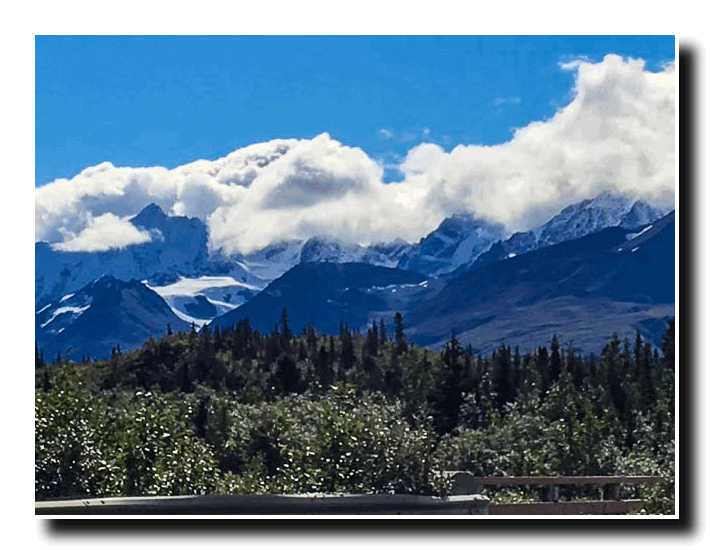
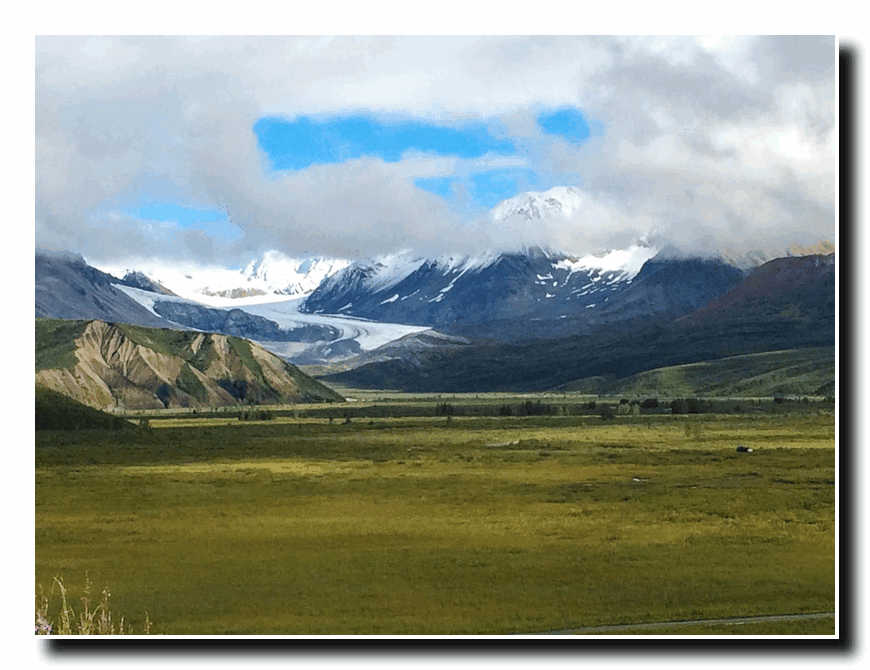
This is not fair. More tomorrow…
Running At The Edge
The New Book is finally here! Whew.
Here is an example of how an otherwise normal Steve Trafton has lived his life while pushing extremes. It’s an exuberant and diverse read about how living on Easy Street may become your own blind alley. Being absent from life is not what this guy is famous for. Instead, he says that taking risks and being restless in your field of interest is a road map to a fulfilled life.
Stephen Trafton is not really your average guy though. During his lifetime he has:
- survived a massive avalanche,
- set a World Speed Record at the Bonneville Salt Flats,
- pursued what became a landmark U.S. Supreme Court decision that resulted in one of the largest monetary judgments against the U.S. Government,
- climbed 600 of the world’s mountains while recording 32 first ascents,
- searched and found remnants from the lost Sir John Franklin Arctic expedition of 1845.
Of course he also:
- led more than 200 mountain rescues,
- trekked the width of the United States,
- scaled each state’s high point,
- and attempted the 8500 mile Peking to Paris Motor Challenge in a 1915 speedster.
What makes this achievement-oriented man tick? Well, there’s a method to his madness and it’s revealed in his book called At The Edge: A Life in Search of Challenge.
This former CEO of Glendale Federal Bank (now CitiBank) shows how you can push human extremes. Trafton first discovered his passion for the outdoors at the age of 12 when he scanned the Olympic Mountain Range from a perch thousands of feet above his family’s campsite. He had only left for a short walk, but ended up climbing Boulder Peak to the chagrin of his worried parents. Little did they know that this solitary adventure would spark a future life at the edge.
From retrieving the bodies of climbers caught in devastating avalanches,
-to roaming the remote Arctic in a dozen journeys.
From surviving hurricane force winds while trapped in a mountainside tent,
-to reaching pristine summits of unclimbed peaks.
These are events that shaped the life of an American adventurer, driven to do things that few people have tried.
With color photographs that help document his many excursions, escape into the mind of a true explorer who thrives on the next adventure.
You can read excerpts as well as see extra photos (starting with Baffin Island 1978) that were not published in the book. See the New Book tab above for more.

